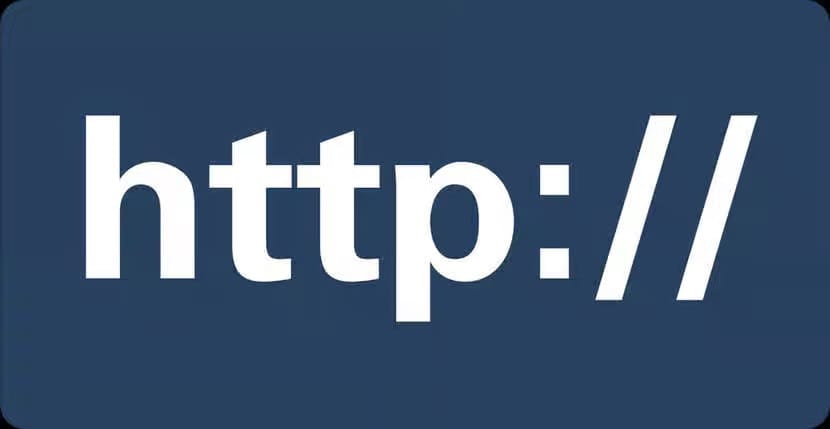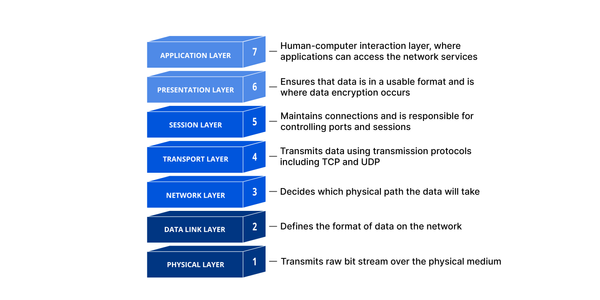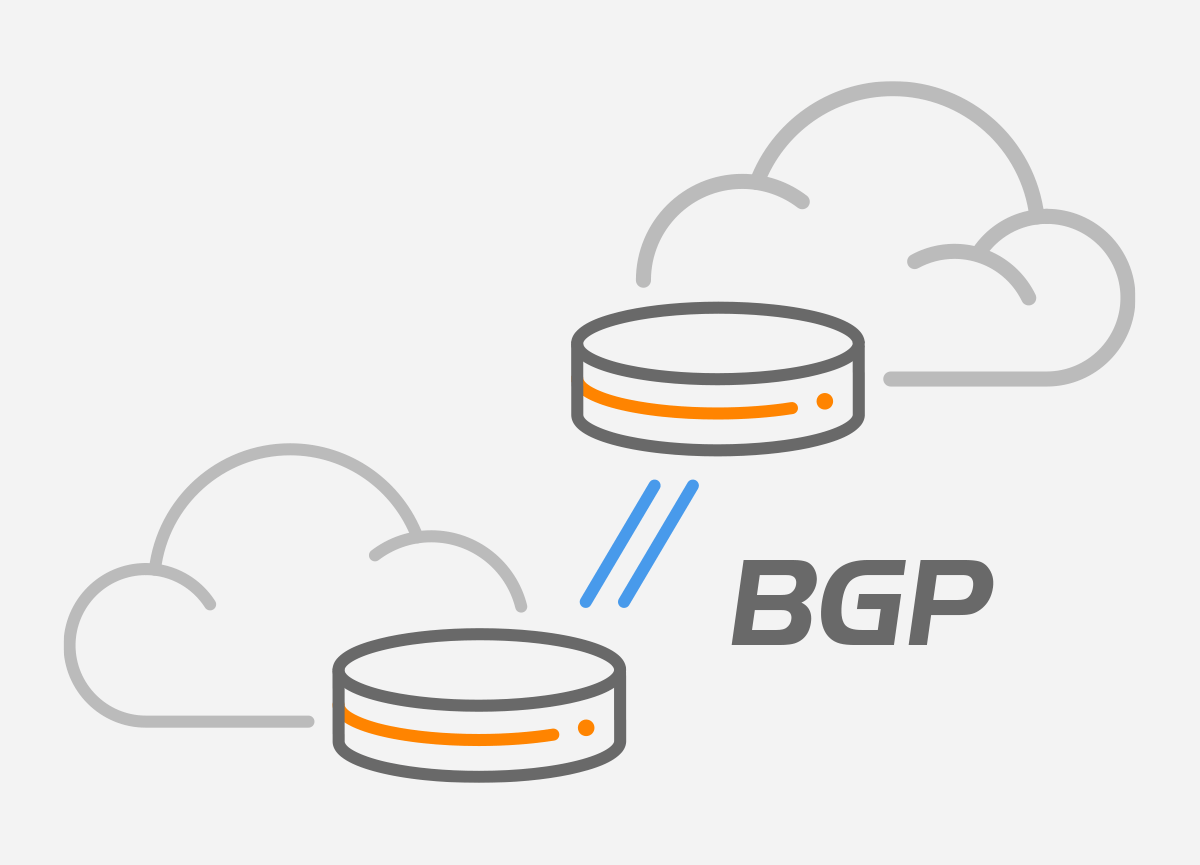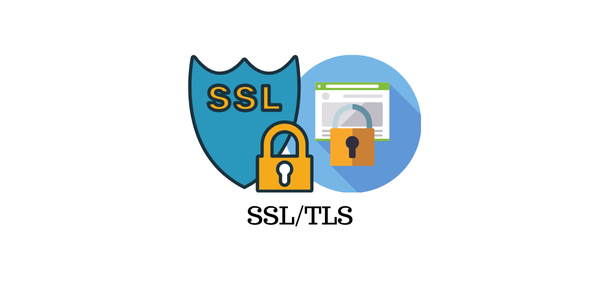In the realm of web development and API design, choosing the right communication protocol is crucial for performance, efficiency, and scalability. HTTP/1, HTTP/2, and gRPC are three prominent protocols, each with its unique characteristics and use cases. This blog post will explore the differences between these protocols and help you understand when to use each.
HTTP/1: The Foundation of the Web
Overview:
HTTP/1.1, the first major version of the HyperText Transfer Protocol, has been the backbone of the web since 1997. It is a text-based protocol that facilitates communication between web clients and servers.
Key Features:
- Text-Based: HTTP/1.1 uses plain text for requests and responses, making it easy to read and debug.
- Stateless: Each request from a client to a server is independent of any previous requests, leading to a stateless communication model.
- Header Overhead: Every request and response includes headers, which can add significant overhead, especially for small payloads.
- One Connection per Request: Initially, HTTP/1.1 opens a new TCP connection for each request, which can lead to latency issues. Persistent connections and keep-alive headers partially mitigate this.
Use Cases:
- Simple web applications where the overhead of headers is not a major concern.
- Applications where human readability of requests and responses is important, such as during debugging.
HTTP/2: Evolution and Efficiency
Overview:
HTTP/2, introduced in 2015, is a significant improvement over HTTP/1.1. It was designed to address many of the performance limitations of its predecessor.
Key Features:
- Binary Protocol: HTTP/2 uses a binary format instead of text, reducing the size of requests and responses and improving parsing efficiency.
- Multiplexing: Multiple requests and responses can be sent over a single TCP connection simultaneously, reducing latency and improving performance.
- Header Compression: HTTP/2 uses HPACK header compression to minimize the overhead associated with headers.
- Server Push: Servers can push resources to the client proactively, reducing the need for additional round-trips.
Use Cases:
- High-performance web applications where reducing latency and improving throughput is critical.
- Websites with many assets (e.g., images, scripts) that benefit from multiplexing and server push.
gRPC: High-Performance RPC
Overview:
gRPC, or gRPC Remote Procedure Call, is an open-source framework developed by Google. It leverages HTTP/2 for transport but focuses on providing a high-performance RPC framework.
Key Features:
- Protocol Buffers: gRPC uses Protocol Buffers (protobufs) for serializing structured data, which is more efficient and compact than JSON or XML.
- Strongly Typed: gRPC requires a defined schema (via .proto files), enabling strong typing and easier contract enforcement between services.
- Bi-Directional Streaming: gRPC supports client, server, and bi-directional streaming, allowing for more dynamic and real-time communication.
- Language Agnostic: gRPC supports multiple programming languages, making it a versatile choice for polyglot environments.
Use Cases:
- Microservices architectures where efficient, low-latency communication is essential.
- Real-time applications requiring bi-directional streaming, such as chat applications or live data feeds.
- Systems that benefit from strong typing and a defined schema, improving developer productivity and reducing errors.
Choosing the Right Protocol
The choice between HTTP/1, HTTP/2, and gRPC depends on your specific requirements and constraints:
- HTTP/1: Use when simplicity and human readability are priorities, and performance is not a critical concern.
- HTTP/2: Opt for this when you need better performance and efficiency for web applications, especially those with numerous assets.
- gRPC: Ideal for microservices and real-time applications needing high efficiency, low latency, and strong typing.
Understanding the strengths and weaknesses of each protocol helps you make informed decisions, optimizing your application's performance and scalability. As web technologies continue to evolve, staying abreast of these protocols ensures you can leverage the best tools available for your development needs.







